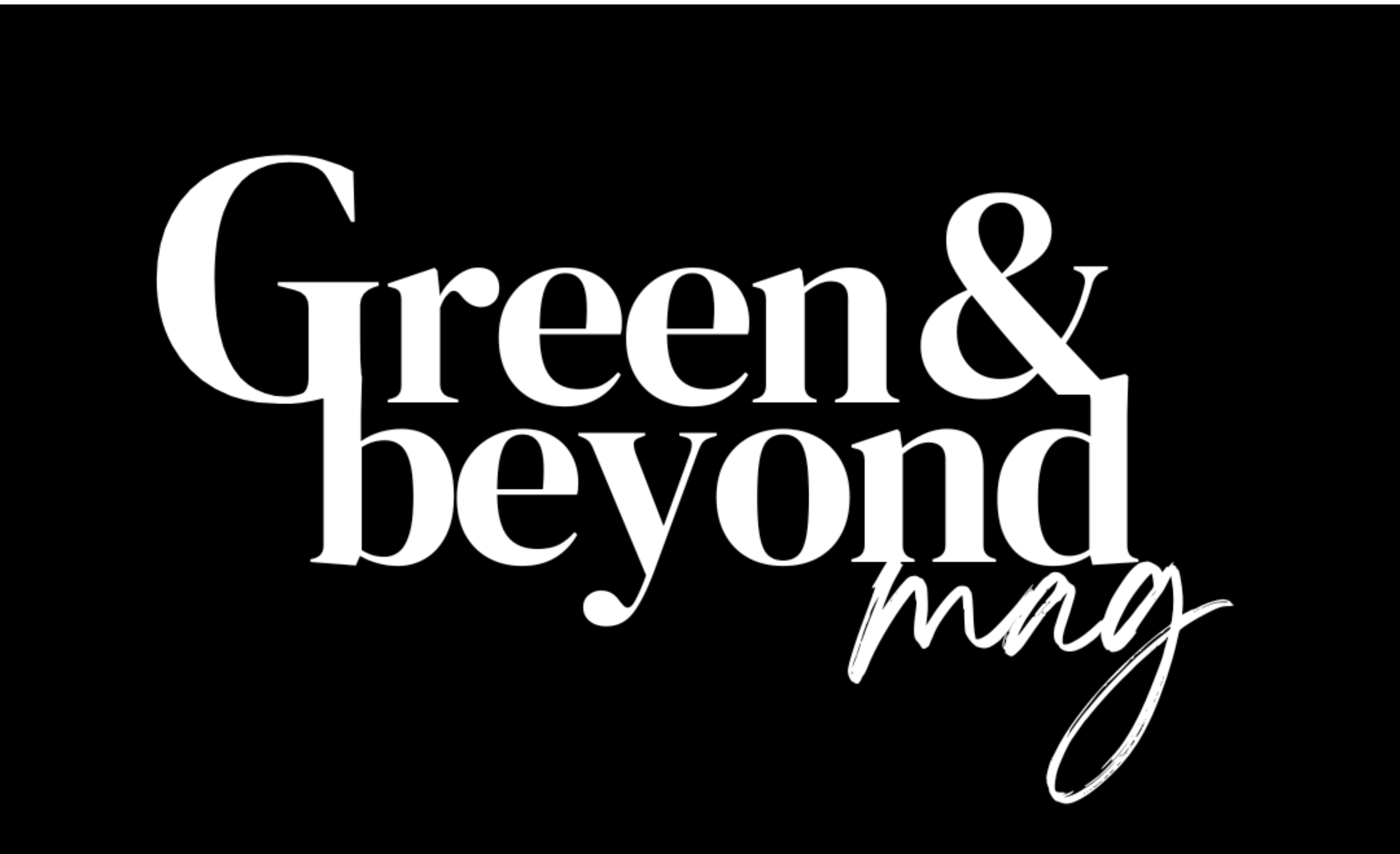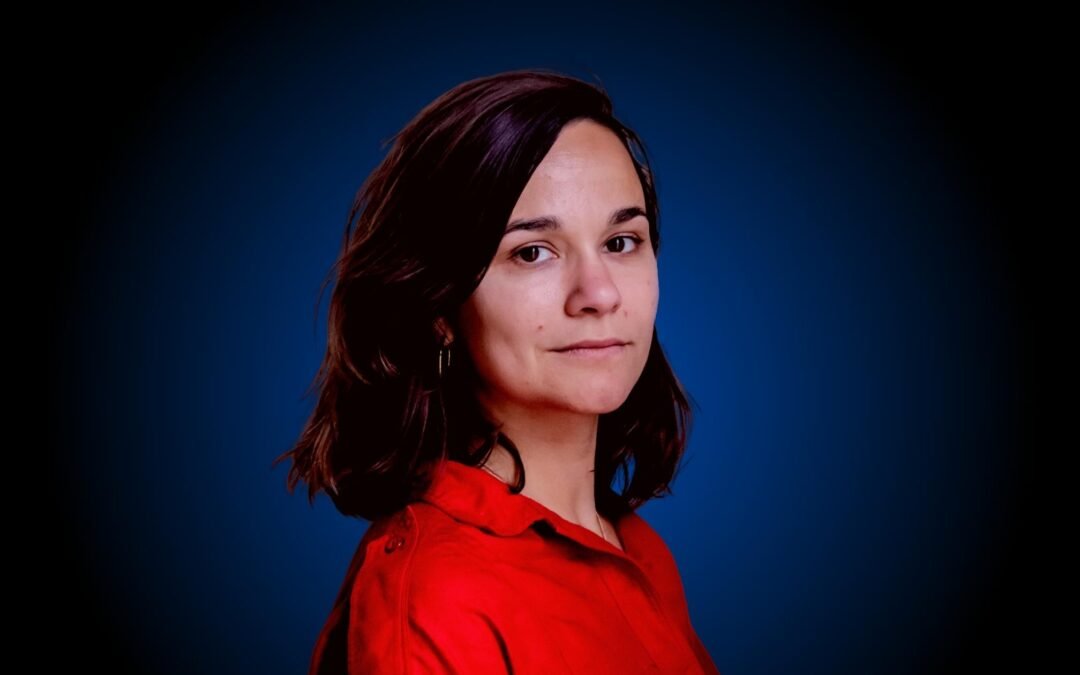
Conversation with Lena Hartog on her journey with Slow Fashion Movement
Co-founder of Slow Fashion Movement, Lena Hartog is a woman of many talents. While she’s an organizer, a campaigner, and a trainer with a passion for social movements, deep ecology, and sustainability, she has also co-founded projects like Sail to the COP at the first Dutch UN youth climate conference.
Tell us your backstory. Where did this incredible journey start?
I think it started where it starts for most people, with the question – “What is the purpose of my life?” As a teenager, I used to be happy, but sometimes I was a bit lonely and existential, wondering what this life is about. That’s when I started reading a lot about what makes a purposeful life, and from that, I realized that it really gives my life more happiness if I get to make my life serve something bigger than me – like a higher purpose.
And, in that search, I started reading more about the problems in the world. I studied Sociology and read about social inequalities. That’s when it hit me how all the problems I care about, that are making the world a sh*tty place right now – like, gender inequality, racial inequality, income inequality, and so on – will become so much bigger with the climate crisis. I remember reading This Changes Everything by Naomi Klein after my bachelor’s studies and that was a real turning point in my life; it changed everything. I realized that this is going to be the biggest challenge of our lifetime, I think, as humanity. And living in the privileged part of the world, in the Netherlands, Europe, I saw it as my moral responsibility to do something about it.
So, in the first instance, it started as a way to make myself happy, because I think a happy life serves society as a whole, but in the second instance, I think once you’ve seen the facts, it’s really hard to ignore it and to let it go.
Can you tell us how the Slow Fashion Movement started?
So, in my own journey of searching for where I can make an impact not only as an individual, but also collectively, I realized that fashion is one of the most polluting industries in the world, and it’s also one of the ways in which I can change the world a little starting from my own wardrobe. But, if you only change by yourself, it doesn’t really make much of an impact. So, the non-profits I used to work for, called Collaction – they work by taking collective individual actions – just like crowd-funding, they do crowd-acting. They started a campaign called ‘Slow Fashion Season’ years ago. It started just as a small campaign in The Netherlands, and I think over 1,500 people participated for the first time by not buying any new fashion items for that summer. As they realized there is so much fast fashion, and people are really almost addicted to it, so we need to kind of detox ourselves to change our behaviors. And then one time, the campaign exploded as it grew very big on Instagram, and people from all over the world were loving the idea and wanted to participate.
So, when I joined the non-profit, we had already done a few of those Slow Fashion Season campaigns in the summers. So the idea was – three months of not buying any fashion items, with as many people together as possible. At that point, I realized, that with a group of people, we gotta turn this into a more permanent movement. That’s when Slow Fashion Movement was born. So it’s really been a collective effort, from the very start, working together with people from all over the world. And now we’re a year further, and we have a beautiful global team working on it, we have grown our Instagram page a lot, and I really have to say ‘we’ because even though I am the co-founder, we are like a group of co-founders, so it’s always been a very collaborative effort from the start.
How did this become a global movement?
I think it’s the power of social media. Social media has good sides, and it has very dark sides too. I think Instagram can seduce you to buy more and more and more, with all the influencers and marketing. But it also works the other way around – like when the Slow Fashion Season started as a small Instagram campaign in The Netherlands, with no budget, and no paid employees, people still saw it and found it interesting. So, the slow fashion community on Instagram started growing, and I think the right people found us and the other way around. We’ve had people like Puja from India who stepped in and said, “You know, this is what I’ve been waiting for. I want to help, and I am going to start with changing my own wardrobe.” And what we’ve seen a lot is that people joined as participants, so they saw us on Instagram and they thought, “Okay, cool, nice, I’ll try it one summer,” and later they joined as ambassadors, or as volunteers as well. So that’s really how we grew globally.
I always advise people to participate and also try to give them the chance to do so. So we always tried to create a space where everyone could participate and we put out postings like, “Hey, we’re looking for volunteers, if you want to join, you’re welcome!” and that’s how we grew into the beautiful team that we are today.
What’s it like, working with the global team at Slow Fashion Movement? Tell me about the challenges and rewards.
I think the most rewarding fact is that you get to know people who share the same values, but live completely different lives in different countries. Not only we’ve made so many new friends around the world, but it’s also rewarding on a deeper level, as I’m always reminded that there are lots of people who want to do better for society, who don’t agree with the current culture. And I think that’s something that gives me a lot of hope too.
One of the challenges of working with a global team is definitely a more logistical one (Chuckles). I don’t know how many times I’ve googled “Convert to CEST time,” to understand others’ time zones. And I’m always having to think “How do I schedule meetings with someone in Latin America, someone in Asia, someone in Europe, and someone in Australia..?” We had a team like that one summer. So, that definitely needs a bit of effort, especially because all of us are volunteers, which means we have to do this outside our working hours. So, sometimes I wish we all lived in the same time zone, to make it easier. But I think, diversity is a necessity to do something like this, and you pay a price for that, which is usually a bit of a logistical price in this case. (Chuckles)
Why should we care about slow fashion, according to you?
Well, I think before caring about slow fashion there’s this question of, “Why should we care about the world,” right? And that’s because – WE are life. We, protecting nature – it’s really like we are nature protecting itself. The web of life right now, it’s not doing well, it’s been hurting, it’s damaged, and it’s going down. And, within that web of life, all sectors need to change. And I think with fashion, one of the main things we are fighting against is this idea that fashion is something you buy, throw away and, repeat. Most clothes are only used four or five times, while clothes can be made to last a lifetime. So, we really talk about slow fashion, and not just about sustainable fashion, because we want to see a big culture shift. It’s not just about using ecological materials to make new clothes, it’s really about deepening our relationship with fashion.
So, while there is the over-usage, over-consumption, and over-production in fashion, and then there’s also the use of chemical toxins through paints, and then there’s also the issue of excessive water usage in fashion. It’s the second most water-consuming industry in the world. And I think for me, the main reason above all of that is that I think the fashion industry shows what’s wrong with our current economy. Because it really shows how something’s being made to last very short and the marketing’s being done in a way to seduce people to make it last very short. So, I think the best way to start that change, is to change our relationship with all products that we buy.
What do you think is needed to change the global culture of fast consumption?
Well, I think what needs to change is the way we market fashion. And I think many people buy more because they are reminded to do so. And not just by companies themselves, with marketing and advertising, but also by each other. So, I think, we as consumers towards each other, but also companies towards us, need to make it normal not to advertise so much. And then, one layer below that is, of course, the production. So we need to produce fewer seasons, and the seasons we do make, we need to make much better quality. And I think for that, we need transparency in the picture. So, right now fashion is one of the most intransparent industries, it’s impossible to know where your cotton comes from. How can a consumer, in such a landscape, know what to buy? So first, we need to talk to each other and let’s say, not so much marketing – not so much influencer marketing to each other, inspire each other to buy less; then, of course, no more production, fewer seasons, and then more transparency.
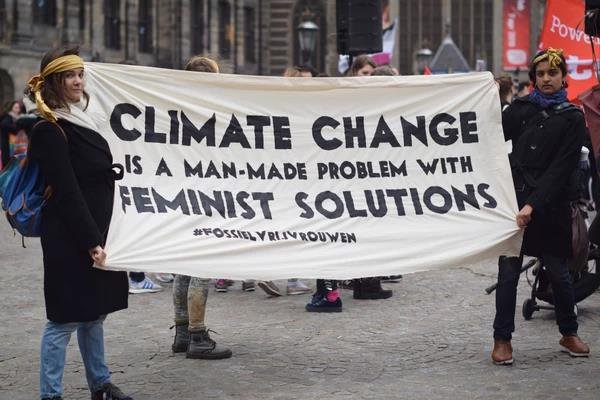
What helps you keep going, and doing what you do?
I always like that question, because it changes you in a way. I think, on the most basic level, we need to have humility and gratefulness to be alive. Like, life is a present, life is a gift, and it’s been given to me, I don’t know for how many days more, right? I could always die tomorrow, I never know. And, because life has been such a gift to me, I want to cherish it and make sure the future generations can enjoy it too but also current generations who don’t have the great privileges that I have. I feel like I’ve experienced a lot of happiness in my life, and I just want to create a world where everyone can do that, and I believe we are getting there, so, it’s both – I want to cherish it, and I see the change, I see movements, I see people coming up – and that’s the motivation.
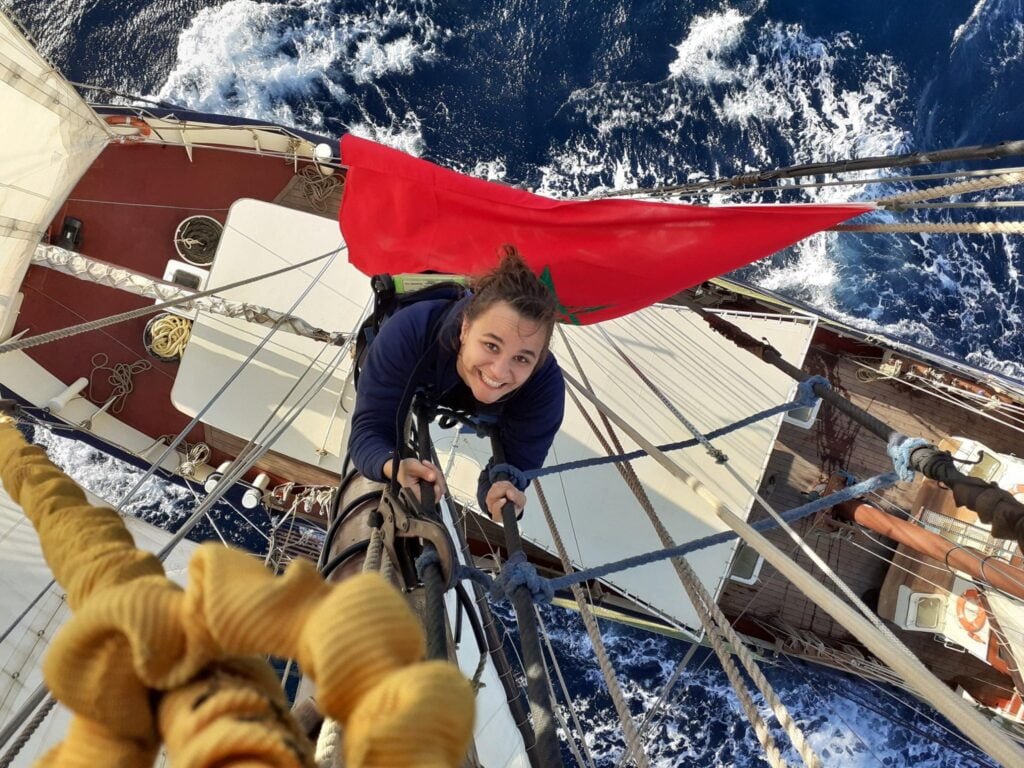
What do you want to achieve with the Slow Fashion Movement?
Well, I have to say, right now, I am also in the process of letting go. We started our official non-profit, and I am on the legal board, and I’ve also transferred a lot of the tasks to Puja and Bhavna, who are now on the operational board. So, I think what we want to achieve is just that it becomes a sustainably-run movement so that it can last. And then, in the long run, we want to transform the fashion industry – we want to make fashion a force for good. We do believe that fashion has a beauty to it, a creative expression to it, and you can find your identity in it, but it’s just that the industry has to change the way it’s done. And at Slow Fashion Movement, we focus more on the consumers’ side and on education, because we believe if people understand more what the industry is about, and how they can change their own habits, then we can also change the culture of fashion.
What do you think the future of fashion looks like to you? Do you think people are becoming more and more aware of the problems with the fashion industry?
Yes, I think, when looking at social change, there are always different waves going under at the same time, right? So, to look at a sea, and focus on one wave, and then to be disappointed that another wave is also there – that never helps. I think there’s definitely this wave of people that are becoming more conscious, that are changing their behaviors, inspiring each other, to buy less, to knit winter clothes, but there’s also still a huge wave of people who are now turning into fashionistas. They do it themselves, but they are also turned into it by the industry. So, I hope the future of fashion will be slow, but I do think we have reached the societal tipping point where sustainability is becoming more mainstream. And so the future of fashion – timeless fashion – made very high-quality, people have a very deep relationship with their clothes, and we all learn from our parents and our grandparents how to repair our clothes again, and maybe, even the future of fashion has a… virtual part, like, I’ve also learned that there are some people who pay for virtual dresses (chuckles) but I personally like more the idea of very small, local trading communities, where you swap your clothes with your neighbors, everyone learns how to sew their own clothes, and, they only get a few new products a year.
How do you take care of your mental health during times of distress? Tell us how you practice spirituality, and self-care and also how you deal with negative emotions like eco-anxiety.
I love that question, I think it’s so important. I think, at the start, um, I once learned from a trainer, this kind of motto that says, “I am me, my work is my work, I put full attention in my work, but my work is not me.” And I think that’s the most important thing, especially in idealistic work: not to identify with it. I create it, but, also, it’s not me, even if I don’t fulfill anything at the end of the day, I’m a good human being, just by existing. And I think practicing that and reminding myself of that and coming back to that, is more important than anything, like that’s the relationship I have with my work.
And then I think more… emotionally. I’ve learned a lot from Joanna Macy, with her book Active Hope, she’s a lifetime activist who’s in her 80s right now; she developed this beautiful method on how to reconnect with yourself, reconnect with others, and reconnect with nature – and from that method and training program, I’ve become a facilitator there, I’ve really learned to grieve more. So, for example, when the war in Ukraine started, I really took the time to read the news and take a moment of my day where I also had the space to cry. Because it’s ridiculous that we read so much news, and we expect to treat it like simple information, like, facts that don’t do anything to us. It’s actually weird, I think, to read about other humans dying, and not feel anything. But if we read the news all the time, it’s impossible to do that, and I used to do that, right? Like just before sleeping, I used to read a little bit on my phone, and now I really try to be conscious of when I am taking in information like that and making space for my emotions, so just ask myself, “How do I feel about it?”. It might sound paradoxical, but, the more I cry, the better I feel I am doing, because I think, in today’s world, it’s normal to cry a lot, and it’s abnormal to not.
So again, there’s this toxic positivity culture, which I was involved in as well – like I’m an optimistic, happy person; I wanna be happy, but happiness doesn’t mean… avoiding negative emotions. Being me – means being able to swing as much to the sad side, as to the happy side of me. And, I’ve been growing that year by year, because I have also been trained to think more than to feel, right? We live in a very thinking time.
What’s your mantra for life?
Yeah (Chuckles). I have quite a lot of them, um, but I think the one in the end, I have it tattooed on my wrist. So, it’s a tattoo I got a few years ago, and I thought about it for a long time. And for me, it stands for the idea that, as a human being, my life is one drop in the ocean, and that means it’s unique. Every drop is unique, but it also means it’s not that feasible in the greatest scheme of things. I can choose which waves I’m part of, and that wave shapes history a little bit, but it also makes me humble in a way. I will join this life for a part, maybe 80, maybe 100 years, and then I’ll leave again, and I think that’s the humbleness of my life, being tiny, but then the chance to shape the direction of the ocean, that gives me a lot of strength. And it helps me to also laugh about my own little problems.
What’s your dream?
Actually, this week when I was making a nice mood board, for my life; I realized a lot of my dreams that I have fulfilled right now. Like, I live in a beautiful community house with people I care about, I have a job in which I am making an impact, and I am surrounded by beautiful friends. So, I think, my dream is just – to be able to continue to do work with an impact, to love the people around me, and, to help – in the end, liberate myself and society from all the structures that are holding us down. Because I have become freer in my life, and that’s not just about climate change, but also about my queer sides and being sexually free, and free to be open with my emotions. And if I can help others to do the same, and still free myself, then that’s the dream.
How can others be involved with the Slow Fashion Movement?
First, really to emphasize again, it’s never been just me, there’s like a beautiful group of people working on it right now and I’m not even that involved practically. I have helped set it up and stayed involved from a distance. So, anyone can start to follow us, our Instagram channel is our main channel – Slow Fashion Movement. And then, if you feel inspired one way or another, you can become an ambassador. You can get in touch with Puja, she’s the Ambassador Coordinator. She’s amazing; she’s a pearl – I really really love her. And then maybe you can even join the team! You can volunteer, make friends, and just help to transform the fashion industry.
Where can people find you, online, if they want to get in touch with you, or follow what you’re doing?
So you can follow Slow Fashion Movement. The group is doing amazing work and I’m so happy with it. And, for myself, you can find me on Instagram, so Lena Hartog, I don’t think there’s many of us, there’s a Swedish lady who’s 50, so-– not that one (Laughs). And I have a website as well – lenahartog.com. Always feel free to send me an email, or send me a message on Instagram; I’ll respond if it’s not some crazy spam. I’ll be happy to talk to you.
Find Lena Hartog and learn more about her work at Slow Fashion Movement.
This is a part of a series where Green & Beyond explores the stories and takes a peek at the lifestyles of incredible people like green entrepreneurs, innovators, climate advocates, activists, community leaders, and content creators, all around the world, who love the planet, and are working tirelessly to make the world a better place.
